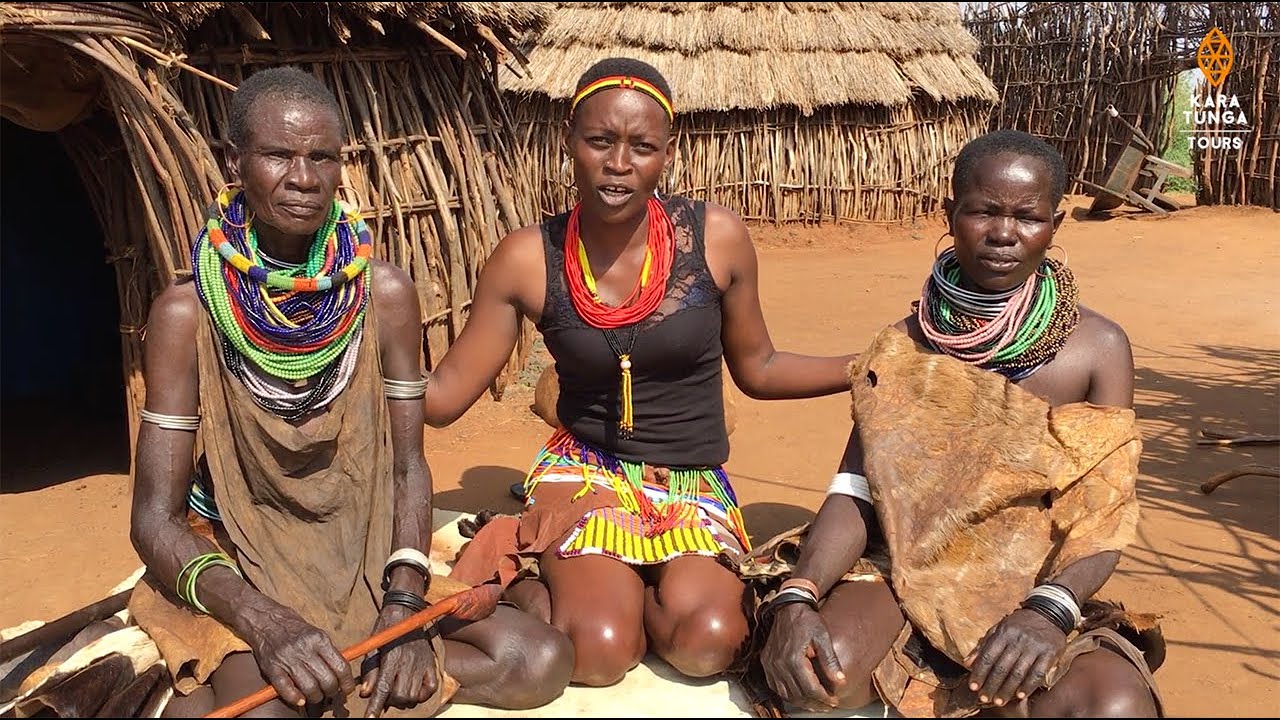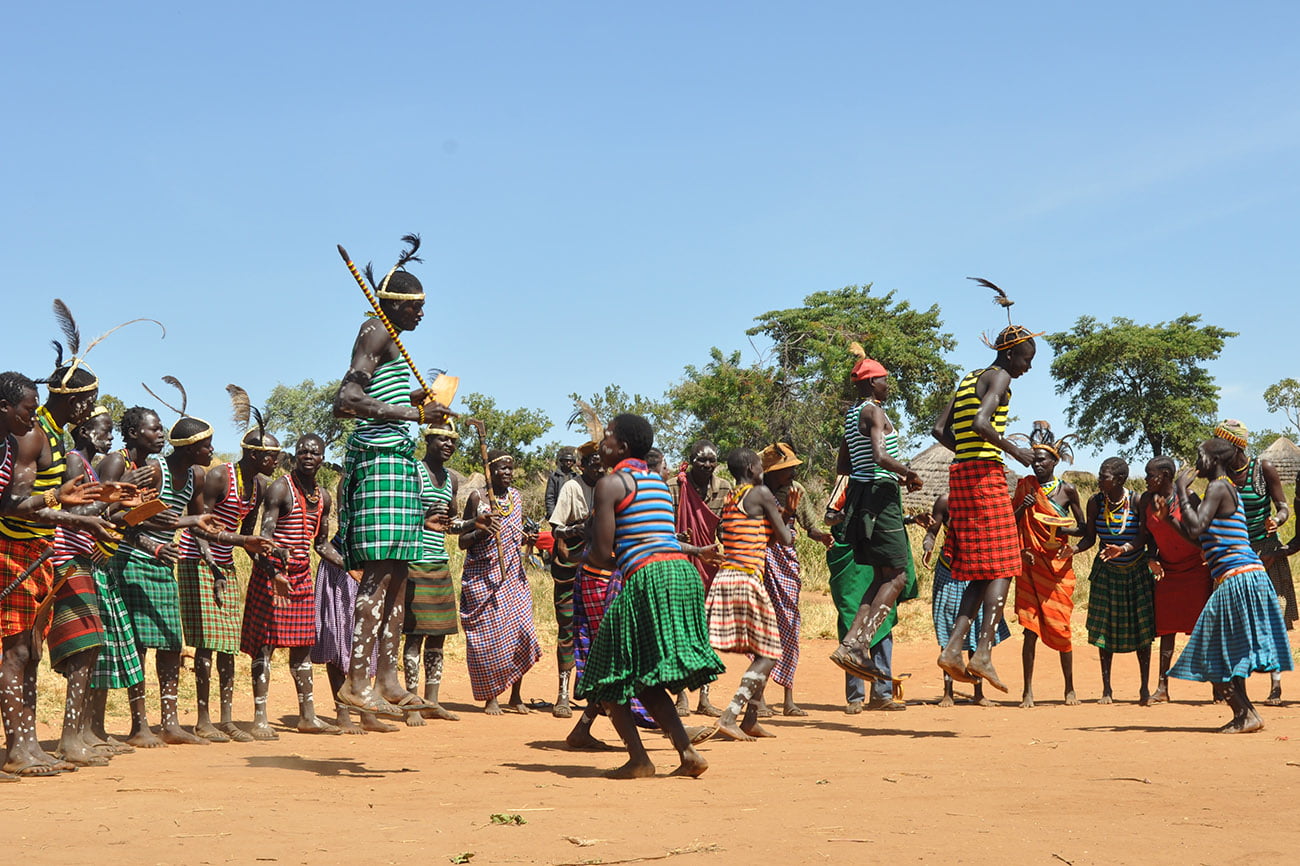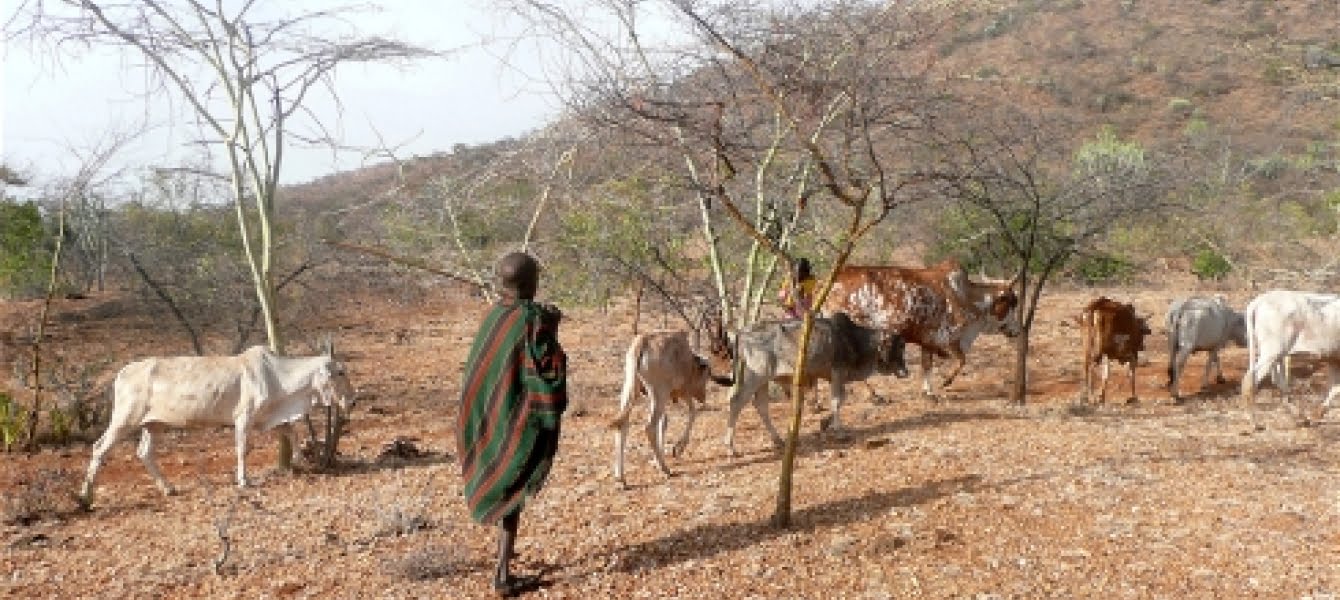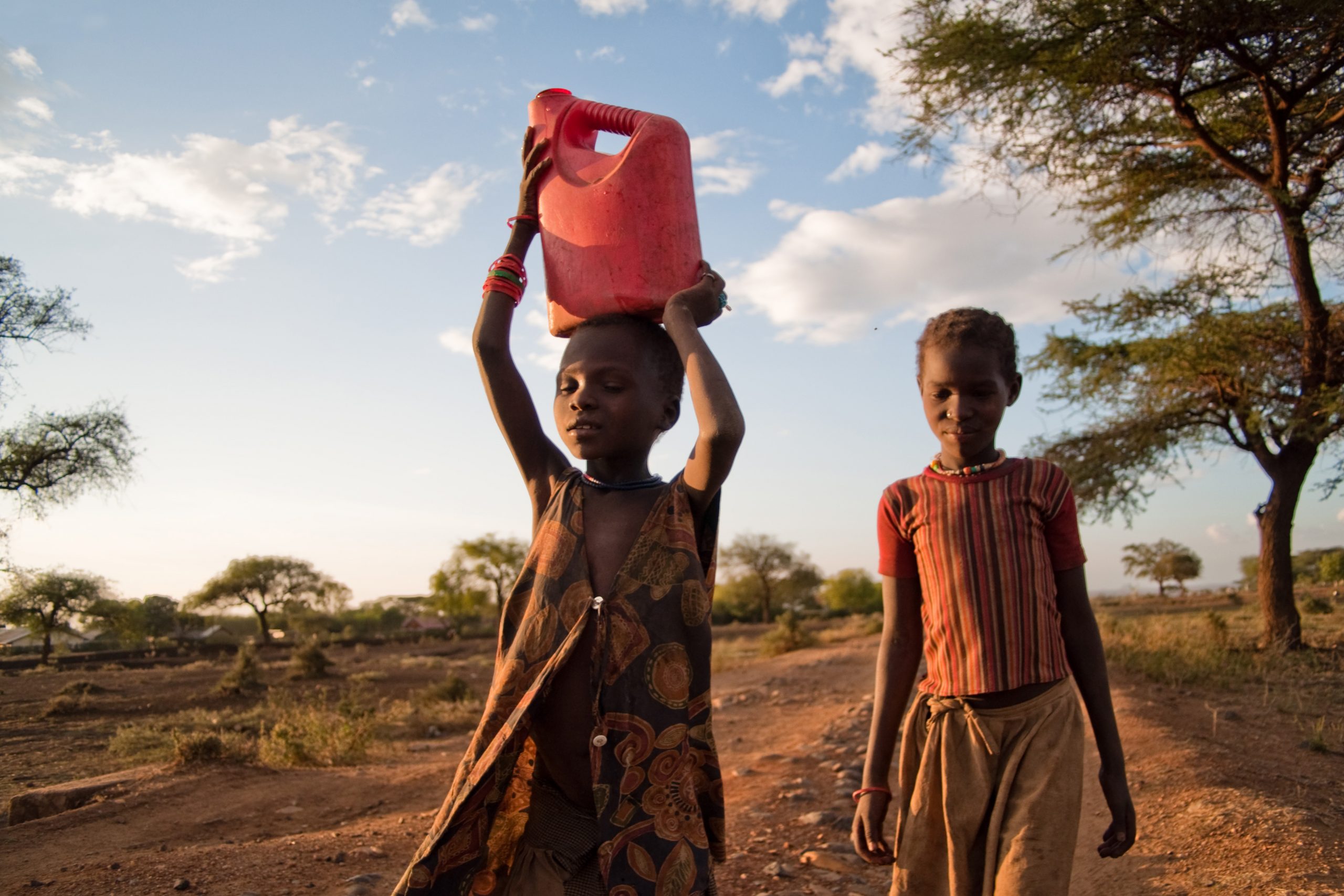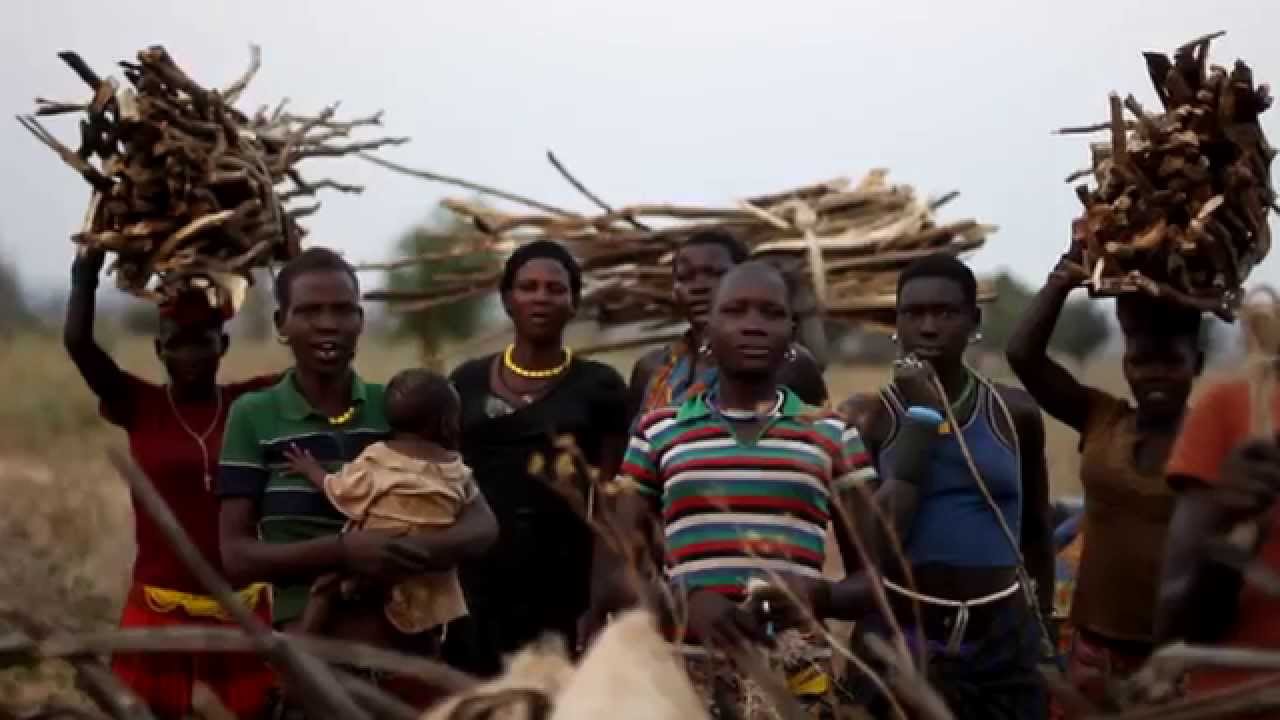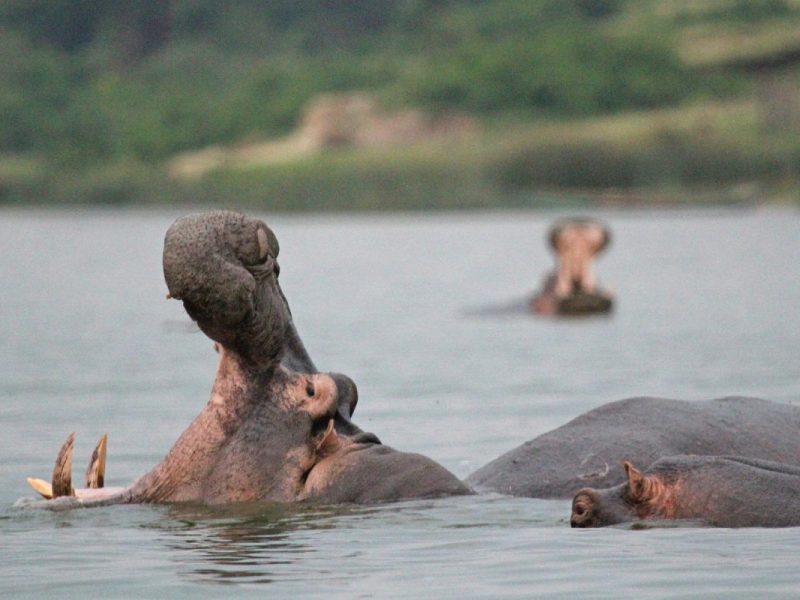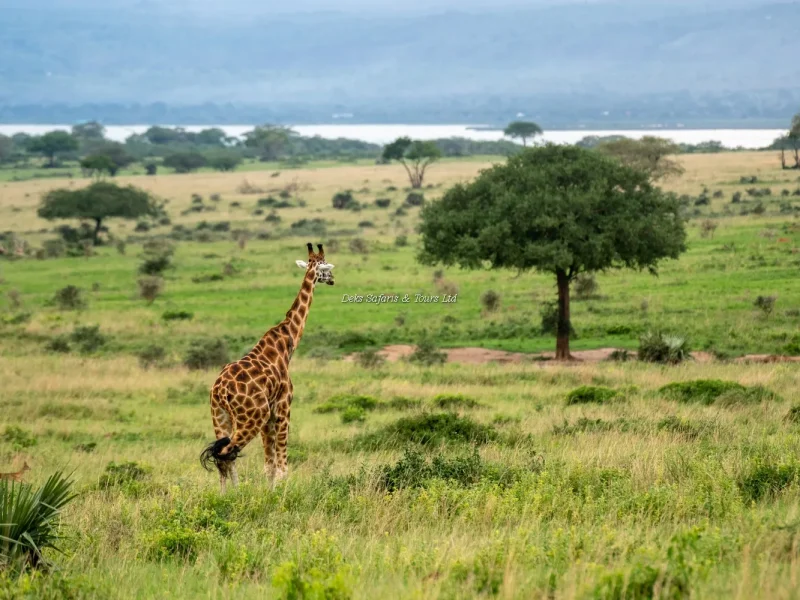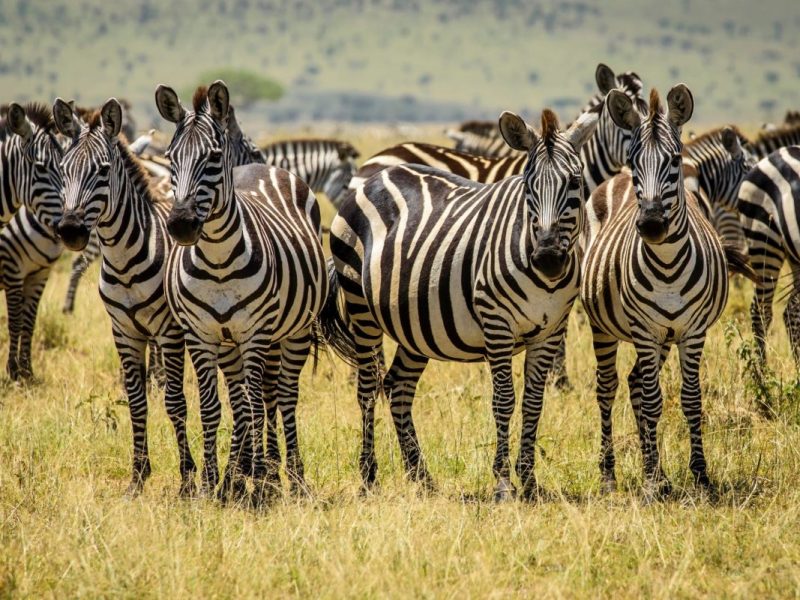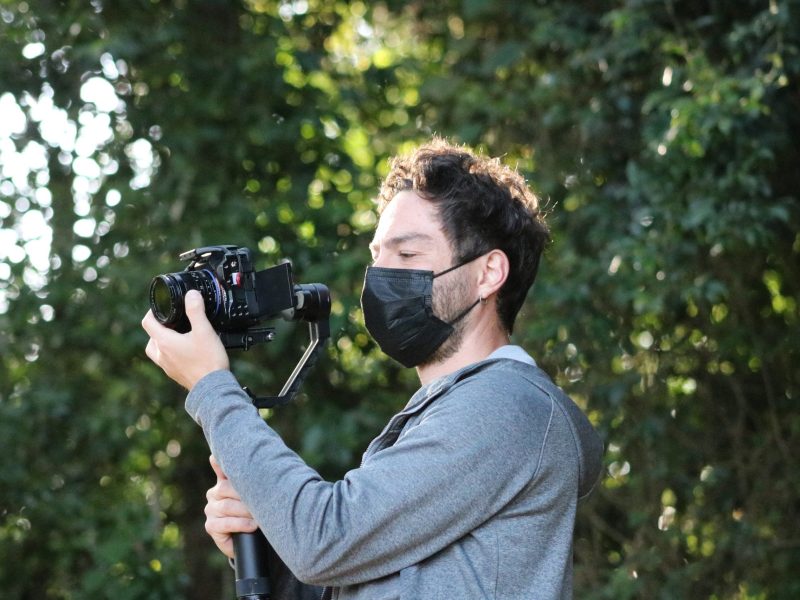Visit the Karamojong Way of Life on a Northern Uganda Safari Vacation
The Karamojong are the best example of how Bushmen lived before the arrival of civilization. These people live in the northeastern region of Uganda and have been there for a long time. In this article, we’ll look at what they do best and their culture as a whole. You won’t want to miss this opportunity to learn about who they are and how they live their lives.
The Karamojong’s History in Uganda
The Karamojong came to Uganda from Ethiopia around 1600 and settled around Moroto Mountain. The Karamojong language, which roughly translates to “the old tired men who stayed behind,” is spoken by them. Currently, the country is home to more than 370,000 Karamojong, who can be found scattered throughout the country.
Because the majority of tourists are unfamiliar with the area, Karamoja receives few visitors, but once you do, you won’t regret it because you will experience something uncommon elsewhere in the world.
The Karamojong became ruthless, particularly during the Idi Amin regime, when they acquired guns and began stealing cows from their neighbors. They were greatly isolated as a result of this, and many people feared them. The majority of the Karamojong firearms have been confiscated only recently when the government began confiscating all civilian firearms. We are not afraid to kill these semi-nomads as long as they get what they want.
Way of Life in Northwestern Uganda
The Karimojong region was not developed by the colonialists like other areas because the whites failed to control them. Karamojong is a pastoralist who lives in districts that are adjacent to Sudan and Kenya. They were well-known for stealing cattle from their neighbors.
Because it is difficult to find civilization on this side, these people walk almost entirely naked. These Nilotic pastoralists practice their culture every day and are proud of it. Even though some people in the country have adopted the country’s prevailing culture and ever-evolving technology, others have maintained their traditional ways.
The majority of Ugandans consider Karamoja to be a backward, uneducated, and illiterate region. This comes after they have rejected nearly every new technology that has been introduced to them and have failed to adapt to the country’s various religions because they believe in and worship their god Akuj, who they believe has always been there for them.
Cultural Encounters in The Karamoja Region
The Karamojong people have a culture that is very different from other cultures. They believe that having a lot of cows is a sign of royalty, and the more cows a person has, the more respected they are in the community. They will do anything, even kill their cows, for their benefit.
The Karamojong’s primary occupation is farming, which they only engage in when it is feasible to cultivate. It should be noted that Karamoja is a semi-dry area where farming is difficult, resulting in a food shortage.
In the Karamojong culture, women are considered to be subordinates because their primary function is to remain at home and care for their husbands and children. As long as they pay a dowry, men are also permitted to marry as many wives as they want. Cows are used as a dowry in Karamoja, where it is an important part of getting married. You can’t marry a girl in Karamoja if you can’t pay the dowry.
Visit the Karamojong Cultural Leaders
The Karamojong, like all other tribes in Uganda, are governed by elders who make decisions on their behalf. They follow these elders to preserve their culture.
The majority of the work that the men do is raising cattle and building the settlements in which they live. At night, they also gather to drink beer from the nearby brewery. Everything in Karamoja is done in groups, and many things, like cattle and food, are shared. They move around to look for water and food for their cattle.
It is common knowledge that the Karamojong do not kill their cattle, but they do so as part of a ritual to please their god Ajuk or when the elders request it. Wealth, safety from enemies, good health, and successful raids satisfy Ajuk.
What is the Favorite Dish of the Karamojong People?
The Karamojongs’ favorite dish is milk that has been mixed with blood from cattle. The cows are speared in the necks by the Karamojong, and the blood is taken from them until the cow passes out. The blood is mixed with milk to make a unique mixture known as Ekyalakanu, and it is kept curdled to prevent spoilage.
The Karamojong are known for being a wasteful people because, when cows are killed, no part is wasted the meat is eaten and kept for when people are hungry, the blood is mixed with milk and drunk by the people, and the hides are used to make blankets and cloths, the urine is used to clean gourds and wash hands, the scrota is used to make bags, and the urine is mixed with mud to build their homes.
The Karamojong Social Life And Organization
The Karamojong have a group of elders who lead them until the time comes to hand them over to the next generation. Typically, elders rule according to generation, and when it’s time to hand over, elders do so peacefully to the next generation to avoid internal conflicts. The Karamojong live in good clusters and are extremely social with one another, even though they are not social people like their neighbors.
In Karamoja, like in other cultures, one must wrestle with the woman one wants to marry to become a man and be considered one. If he wins, he is considered a man and can marry any other woman he wants as long as he can pay her dowry. If the man doesn’t win the match, he’s seen as less of a man and can’t marry a Karamojong woman. However, he can marry a woman from another tribe.
Wrestling Games in Karamojong
The purpose of the wrestling match is to demonstrate one’s ability to care for one’s family and cattle in the event of trouble. The dowry negotiations begin after the fight, and the man is expected to pay for as many cows as they ask for.
If a man who is not a Karamojong wants to marry a Karamojong woman, he must perform the fighting ritual to win over the woman he wants to marry. In order to enhance the beauty of the women and entice men to marry them, various cuts are applied to their faces.
A Karamojong can also be easily identified by the clothing they wear, which resembles Masai gabs. While the men simply drape themselves with a colorful piece of cloth and add plastic bangles to their cloth and body, the women adorn themselves with Metallic bands that are tied around their ankles, colored neck beads, and colored beaded skirts.
It is important to note that the Karamojongs’ social, religious, and political lives all revolve around their cattle, which is why they are prized the most.
A Trip to the Karamojong Manyata
The Karamojong villages, which are referred to as manyattas, are worth a trip if you decide to visit the Karamojong region. The Manyattas are next to Kidepo National Park. Once you get there, you’ll be able to see the park’s various animals and experience the Karamojong people’s distinctive culture.
To have a good time when you go to the Manyata, you’ll need to do the following:
- To avoid being bitten by an insect, you should wear sunscreen and insect repellent.
- To keep from getting too hot, you need to wear light clothing and a hat with a wide brim.
- Because Karamoja is a land of thorns, you must wear jeans to avoid being scratched by thorns and request permission to take their pictures.
When you visit the Manyattas, you will be greeted by happy children who will be playing around the homesteads. You will also have the opportunity to see a variety of cultural dances that are mostly performed by women. When you go to the Manyattas of Karamoja, the best way to end your day is to sing and dance around a built fire.


